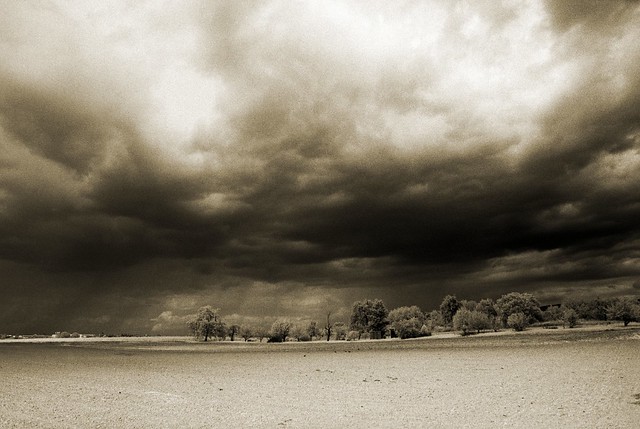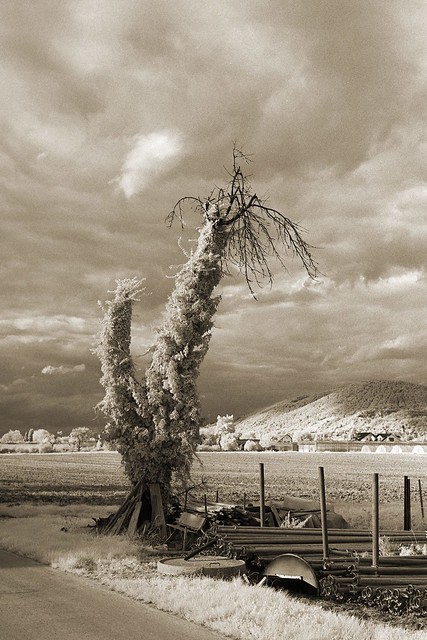 l-DSC06462
l-DSC06462 by
imagesfrugales, on Flickr
It took some time (years) after I came back to (analogue) photography in 2008 to get used to and to like rangefinders. I am the SLR guy, beeing able to compose precisely, be it frame or focus, enjoying the huge and bright finder image of SLRs since the 70s. I only once had a M-Leica in my hands and it was simply perfect. But - to expensive for me for sure. I am poor as a churchmouse, almost. Many affordable japanese rangefinders have quality problems after decades of usage or non-usage. They usually have wobbly lenses and sticky shutters. Repairing yourself can be a night mare. Additionally some highly reputes makes have no-go features as the imo heavily overrated Konica Auto S3, no manual exposure at all. No go! and prices rise and rise. CDS-equipped meters are also a big problem. Many (most) of them are so off today that they are unusable today. So a manual mode is a must. Many lenses, though highly reputed, can not keep up with a cheap and simple Cosina 50 mm SLR lens from the 70s. I'm not talking about snapshots but high grade photography. Furthermore the finders are dim and dirty, but the cleaning can be done at home if you don't have to left hands. You see, a lot of quirks made this kind of camera rather undesirable for me. After trying some models like the Minolta 7s or 7sII, Olympus XA and some more, I decided that rangerfinders are not my cup of coffee. But for IR-photography that I started to like a rangefinder would be so much better that a SLR. The finder of a SLR is useless with an IR filter. Now, the rangefinder I was looking for had to be or have
affordable
solid built quality, no lens wobble
smooth working shutter with slow speeds
smooth working self timer for tripod usage (I alway loose or forget cable releases)
manual exposure setting
outstanding lens quality
I tried a lot and din't like anything. I found an Olympus 35 RD with broken shutter speed ring and a second one with with almost everything broken except the shutter speed ring. I paid 5 Eur for the first and 10 Eur for the second. I made one of the two and it's a great camera. Especially for IR-photography and when you can't need camera shake at all. The shutter is ultra-silent and vibration-free. The lens is on par with a good SLR lens. The finder is OK, but still I would prefer the spectacular finder of a Voigtlander CLR. Compared to a SLR you have to visualize the result with your hopefully existing brain. The light meter is broken, but heh, it's crappy CDS and none of the affordable cameras had a silicon cell. The Olympus 35 RD is the first rangefinder which I can afford and who gives me the desired results.
The 35 RD has a great 1.7/40 lens - period. A small and light-weighted tripod will be fine, no camera shake at all. A Gorilla-Pod and your bicycle will be fine. A perfect small outfit. Or you can handheld speeds of 1/30 or even below. Full manual operation, no batteries needed. Built like a tank. See the big damage of the camera top left in the picture above. The camera fell on a stone floor from 1 meter height. It works! As shown I often use it with a step-up ring and 55 mm 720 nm IR filter.
2 samples on Agfa ASP 400s film with IR 720 filter, exposed at EI 25 and developed in homebrewed Parodinal, see the biggest available size on flckr:
 sinister sky
sinister sky by
imagesfrugales, on Flickr
 Thorn
Thorn by
imagesfrugales, on Flickr